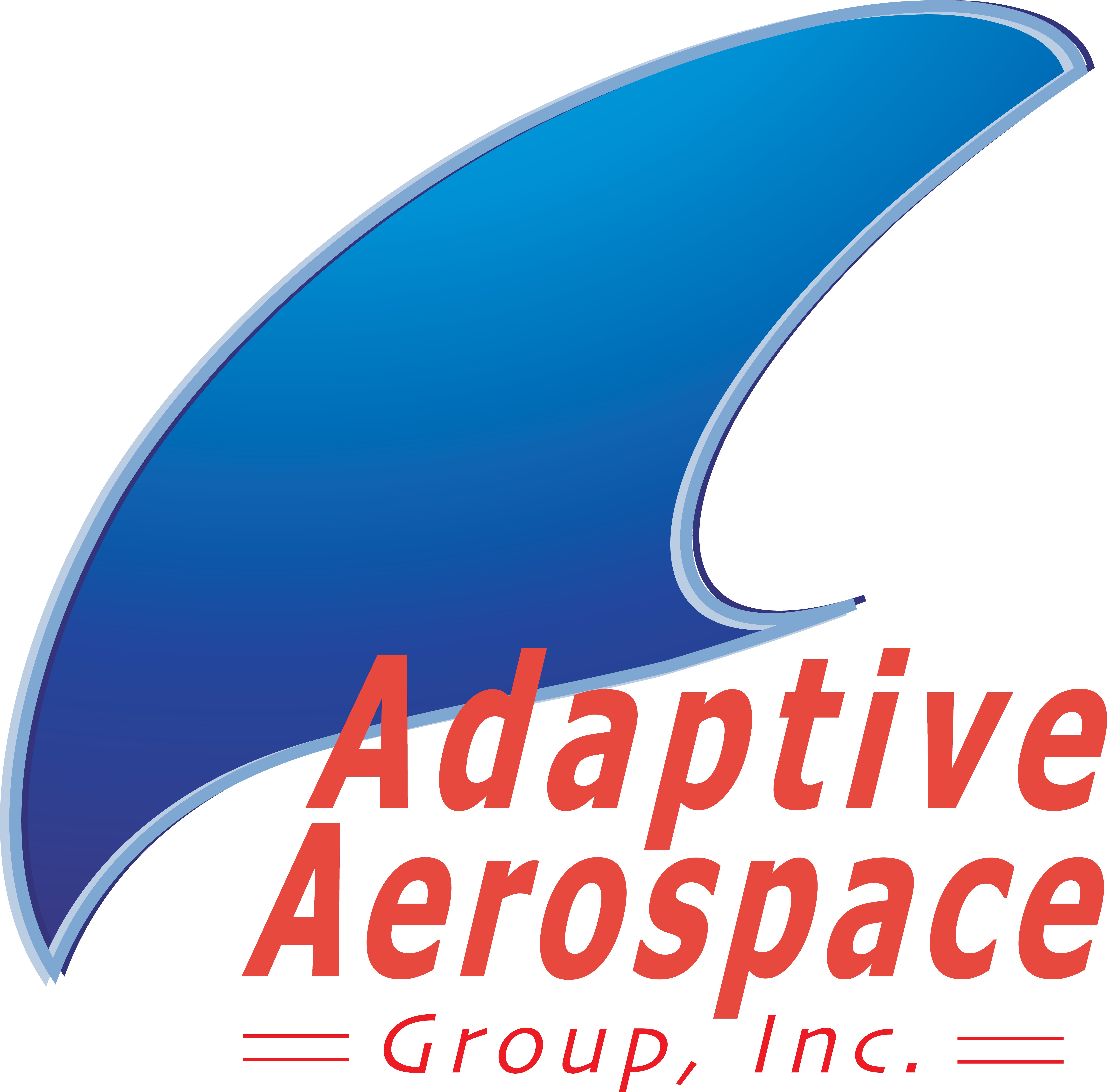One of the FAA’s leading concepts for potentially performing parallel operations to runways spaced as close as 760 feet in Instrument Meteorological Conditions is the Simplified Aircraft-Based Parallel Approach (SAPA) concept. The concept relies heavily on advanced navigation to reduce the probability of an aircraft blundering on approach and to accurately maintain in-trail positioning. The FAA funded NASA to perform a feasibility assessment of the concept, and AAG supported the study by examining the lateral and longitudinal navigational aspects of the FAA’s SAPA concept for closely spaced parallel runway operations. Navigation requirements for implementing the SAPA concept were defined and current fleet equipage was evaluated to determine if the SAPA concept would be supported without navigational equipment upgrade. AAG determined that, although the standards have not yet been defined and mandated, advanced navigational systems already installed on many civil transport aircraft could likely be certified to have sufficient lateral and horizontal navigational precision to support the SAPA concept without equipment upgrade.
Moreover, Airborne Precision Spacing is a key mid-term NextGen operating capability, and AAG has supported NASA in its development. AAG prototyped displays to guide pilots in flying dependent approaches to closely spaced parallel or converging runways, including both a modern glass cockpit display and one limited to an Electronic Flight Bag (EFB). AAG also conducted a study to evaluate the usefulness and acceptability of the interfaces.
